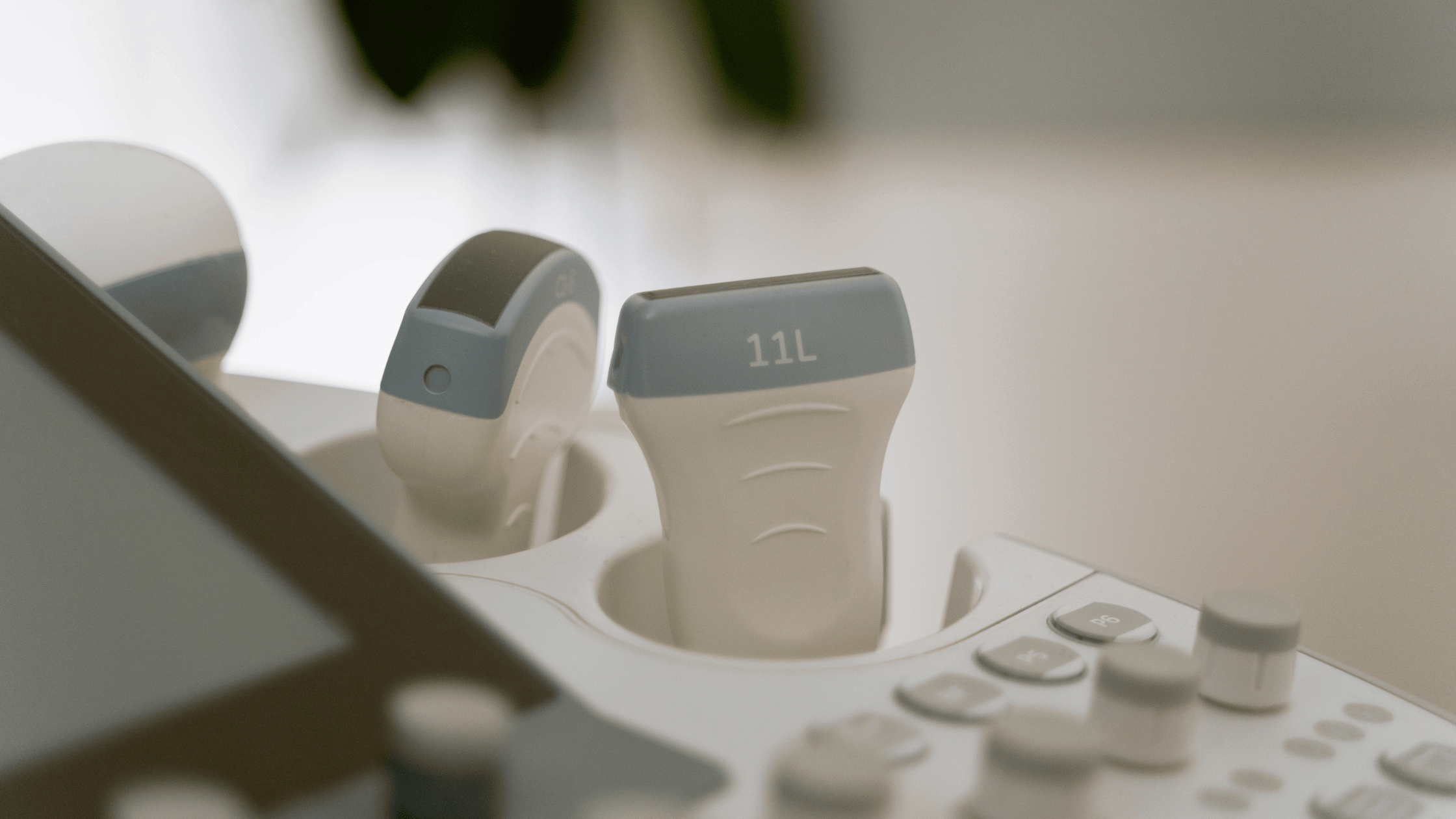A Comparison of Electrical Stimulation and Ultrasound in Physical Therapy

Licensed Physical Therapist, PT, DPT // Dry Needling Certified // EW Motion Therapy Trussville
In physical therapy, innovative techniques and technologies have continuously evolved to enhance patient outcomes and accelerate healing. Two commonly utilized modalities are electrical stimulation and ultrasound, each serving unique roles in rehabilitating injuries and alleviating pain. Your physical therapist can help you choose the best treatment for your symptoms - our team at EW Motion Therapy does this for our patients daily. Even if you decide that our services do not fit your needs, you can still read on as we delve into the differences between electrical stimulation and ultrasound and explore how physical therapy applies these therapeutic tools.
Electrical stimulation (e-stim)
Electrical stimulation, also known as e-stim or electrotherapy, involves the application of electrical currents to targeted areas of the body. The primary goal of e-stim is to trigger muscle contractions, promote circulation, and alleviate pain. There are two main types of electrical stimulation used in physical therapy:
- Transcutaneous Electrical Nerve Stimulation (TENS)
TENS involves using low-voltage electrical currents to stimulate sensory nerves, effectively reducing pain signals sent to the brain. It can help manage symptoms of many conditions, including arthritis, lower back pain, and fibromyalgia. TENS is non-invasive and can be easily self-administered by patients with the guidance of a physical therapist. It can also be used during dry needling to stimulate muscle contractions.
- Neuromuscular Electrical Stimulation (NMES)
NMES targets motor nerves to elicit muscle contractions, making it an effective tool for re-education and strengthening. NMES is particularly valuable in post-surgery rehabilitation, helping to prevent muscle atrophy and regain functional strength.
How e-stim is used in physical therapy
- Pain management: TENS can relieve acute or chronic pain without requiring pharmaceutical interventions.
- Muscle rehabilitation: NMES aids in rebuilding muscle strength and function in patients who may have experienced muscle weakness due to injury or neurological conditions.
- Edema reduction: E-stim can help reduce swelling by promoting lymphatic drainage and aiding recovery after specific injuries or surgeries.
Ultrasound therapy
Ultrasound therapy utilizes high-frequency sound waves to penetrate deep into tissues, generating heat and promoting blood flow to the treated area. This modality can help accelerate tissue repair and reduce inflammation. Therapeutic ultrasound can be categorized into two modes:
- Thermal Ultrasound:
Thermal ultrasound uses continuous waves to produce gentle heat within the tissues. This warmth helps increase blood flow, promote tissue extensibility, and reduce pain caused by muscle spasms.
- Non-Thermal (Pulsed) Ultrasound:
Non-thermal ultrasound employs pulsed waves to promote cellular activity, accelerating healing and reducing inflammation. This mode is commonly used for acute injuries or when deep heating is not required.
How ultrasound therapy is used in physical therapy
- Soft tissue healing: Ultrasound is often applied to facilitate the healing of ligament and tendon injuries, aiding in their recovery.
- Scar tissue management: By increasing tissue extensibility, ultrasound helps to minimize the formation of excessive scar tissue, enhancing joint flexibility.
- Joint mobility: Ultrasound's ability to reduce inflammation is beneficial in cases of joint dysfunction and arthritis.
Comparing electrical stimulation and ultrasound
Both electrical stimulation and ultrasound have distinct therapeutic applications in physical therapy. While e-stim primarily focuses on pain management, muscle re-education, and edema reduction, ultrasound is predominantly employed to accelerate tissue healing, reduce inflammation, and improve joint mobility.
The decision to choose e-stim or ultrasound therapy depends on the specific preexisting condition and the goals of the physical therapy treatment. It is essential to consult a qualified healthcare professional, such as a physical therapist or primary care doctor, who can assess your condition and recommend the most appropriate modality.
Below are some general considerations for choosing between electrical stimulation and ultrasound therapy for individuals with preexisting conditions:
Electrical stimulation
Suitable for: E-stim can help with pain management, muscle re-education, and edema reduction. It can benefit individuals with conditions involving muscle weakness, loss of function, or certain types of pain.
Precautions: E-stim may not be suitable for individuals with certain medical conditions or implants, such as pacemakers, epilepsy, deep vein thrombosis (DVT), or during pregnancy. The electrical current may interfere with the functioning of medical devices or pose risks in these cases.
Ultrasound therapy
Suitable for: Ultrasound therapy is often used to accelerate tissue healing, reduce inflammation, and improve joint mobility. It can benefit individuals with soft tissue injuries, joint dysfunctions, and conditions where deep heating and increased blood flow are desired.
Precautions: Ultrasound should be used cautiously over areas with reduced sensation, open wounds, or areas with impaired circulation. It may not be appropriate for certain conditions or during specific stages of healing.
In some cases, your physical therapist may use a combination of electrical stimulation and ultrasound therapy in a comprehensive treatment plan to address different aspects of the preexisting condition. For example, they may combine heat or ice with e-stim and a little compression to accelerate healing and improve mobility. However, this decision should be made by the healthcare professional based on the individual's specific needs and medical history.
Always communicate openly with your healthcare provider about any preexisting conditions, medical history, or concerns regarding using electrical stimulation or ultrasound therapy. Your provider can determine the best approach to ensure safe and effective treatment while considering your unique health circumstances. It is crucial to only self-administer these modalities with professional guidance, as improper use may lead to adverse effects or worsen the preexisting condition.
As physical therapy continues to advance, the integration of cutting-edge technologies like electrical stimulation and ultrasound holds tremendous promise for better patient outcomes. Though distinct in their applications, these therapeutic modalities complement each other effectively when utilized by skilled physical therapists. By understanding electrical stimulation and ultrasound differences, healthcare professionals can tailor their treatment plans to address specific patient needs and facilitate a quicker return to an active, pain-free lifestyle. Our primary goal for all our clients at EW Motion Therapy is to help them reduce pain and return to the activities they love through physical therapy and our wellness programs. If you are curious about what else physical therapy can do for you, click the button below to download our answers to 20 frequently asked questions.


